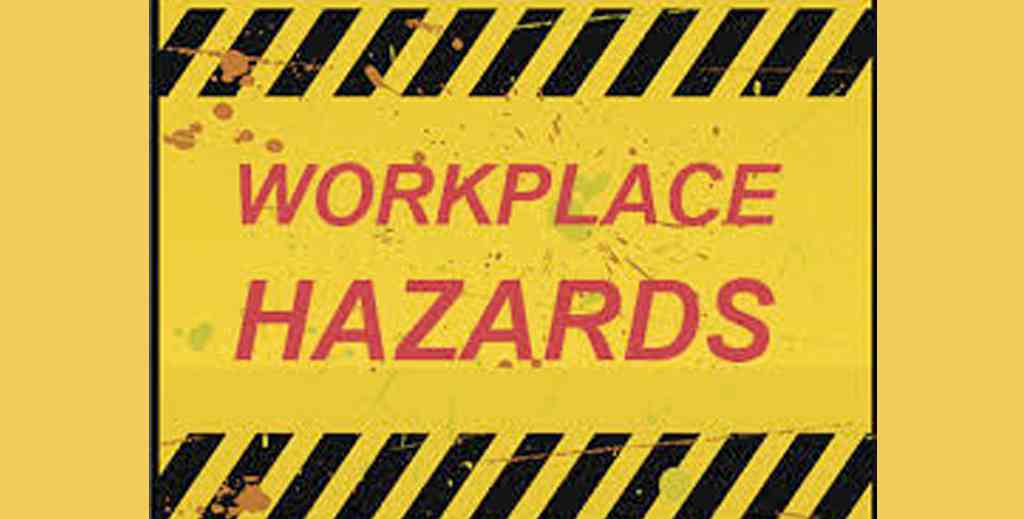The six main categories of hazards are:
1. Biological. Biological hazards include viruses, bacteria, insects, animals, etc., that can cause adverse health impacts. For example, mould, blood and other bodily fluids, harmful plants, sewage, dust and vermin.
2. Chemical. Chemical hazards are hazardous substances that can cause harm. These hazards can result in both health and physical impacts, such as skin irritation, respiratory system irritation, blindness, corrosion and explosions.
3. Physical. Physical hazards are environmental factors that can harm an employee without necessarily touching them, including heights, noise, radiation and pressure.
4. Safety. These are hazards that create unsafe working conditions. For example, exposed wires or a damaged carpet might result in a tripping hazard. These are sometimes included under the category of physical hazards.
5. Ergonomic. Ergonomic hazards are a result of physical factors that can result in musculoskeletal injuries. For example, a poor workstation setup in an office, poor posture and manual handling.
6. Psychosocial. Psychosocial hazards include those that can have an adverse effect on an employee’s mental health or wellbeing. For example, sexual harassment, victimisation, stress and workplace violence
Thanks for the share, SQ!



